Reflecting on the Chittagong Hill Tracts Peace Accord: A Journey Through History and Current Realities
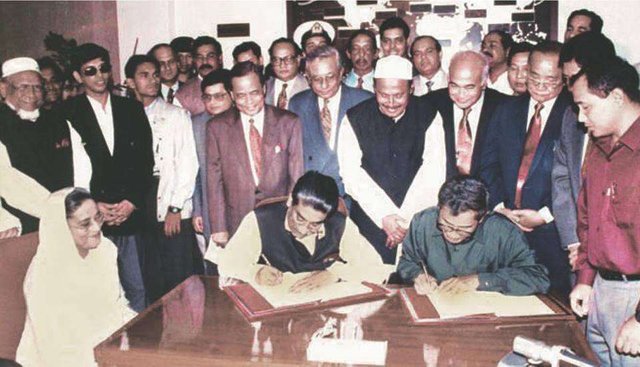
1. The Historic Accord and Its Initial Impact
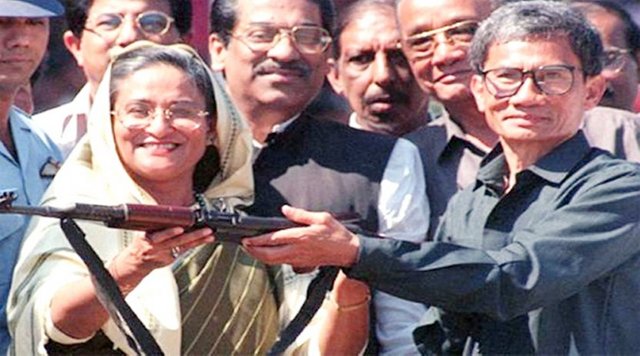
2. Persistent Challenges and Unfulfilled Promises
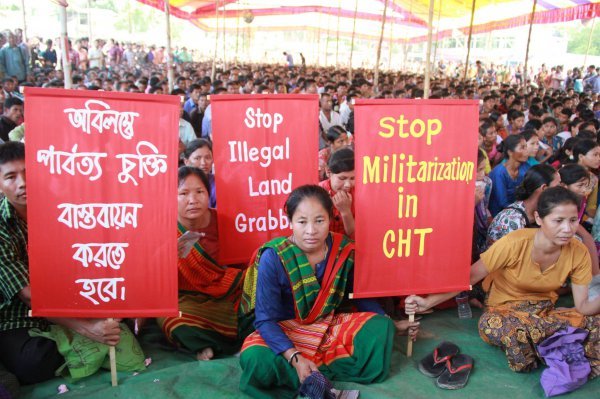
The emergence of various factions, such as the United People's Democratic Front (UPDF), which opposes the accord, has further complicated the peace process. These groups often engage in violent clashes, exacerbating the region's instability. Both the PCJSS and the government acknowledge that the fundamental terms of the accord still need to be implemented fully, reflecting a need for renewed commitment from all sides.
3. The Fragile Peace and Ongoing Conflict
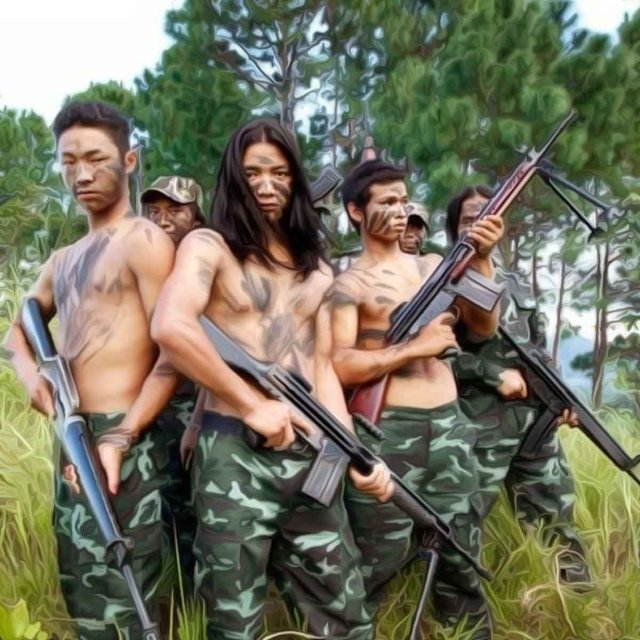
Recent developments, including attacks by the Kuki-Chin National Front (KNF), highlight the ongoing security challenges. The KNF's activities, including looting and assaults, have disrupted daily life and raised concerns about the region's stability. Addressing these challenges requires a comprehensive strategy involving security measures, political dialogue, and community engagement.
4. The Struggles of Indigenous Communities

The COVID-19 pandemic further exposed these disparities, with many Indigenous families receiving little to no government aid. The Santal people, despite their historical significance, face severe poverty and social discrimination. Their experiences reflect a broader pattern of neglect and denial of rights rooted in historical and systemic issues.
5. Student's Recent Activism and Demands
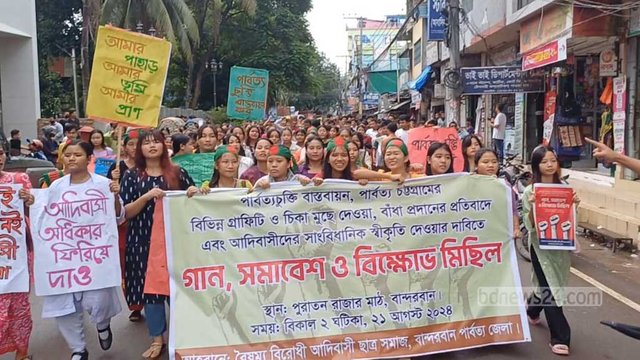
- Full Implementation of the Peace Accord: Ensuring that all promises made are realised.
- Constitutional Recognition as Indigenous People: Acknowledging and respecting the distinct identity of indigenous communities.
- Freedom to Create Graffiti: Allowing the expression of cultural and political sentiments.
- Release of Innocent Bawm Women and Children: Addressing wrongful arrests linked to KNF activities.
- Land Rights under Traditional Laws: Protecting indigenous land rights as per traditional laws.
- Stopping the Repeal of the 1900 Chittagong Hill Tracts Regulation Act: Safeguarding existing legal protections.
- Ending Land Grabbing under the Guise of Tourism: Preventing exploitation of indigenous lands for tourism.
The rally concluded with a protest song event, emphasising the cultural and political significance of the movement. The students' demands reflect a broader call for justice and recognition, highlighting the need for continued efforts to address the region's complex issues.
Conclusion
The Chittagong Hill Tracts Peace Accord was a landmark achievement in Bangladesh's history, promising a new era of peace and reconciliation. However, the journey towards fulfilling its promises remains ongoing. The challenges faced by the indigenous communities, coupled with ongoing conflicts and unfulfilled promises, underscore the need for renewed commitment and comprehensive solutions.
As we reflect on the past and present realities of the CHT, it becomes clear that true peace and justice require more than symbolic gestures. It demands genuine efforts to address historical grievances, uphold the rights of indigenous peoples, and create an inclusive and equitable future for all. The path forward must involve collaboration, dialogue, and a steadfast commitment to justice and equality.
Thank you, friend!


I'm @steem.history, who is steem witness.
Thank you for witnessvoting for me.
please click it!
(Go to https://steemit.com/~witnesses and type fbslo at the bottom of the page)
The weight is reduced because of the lack of Voting Power. If you vote for me as a witness, you can get my little vote.
Upvoted! Thank you for supporting witness @jswit.